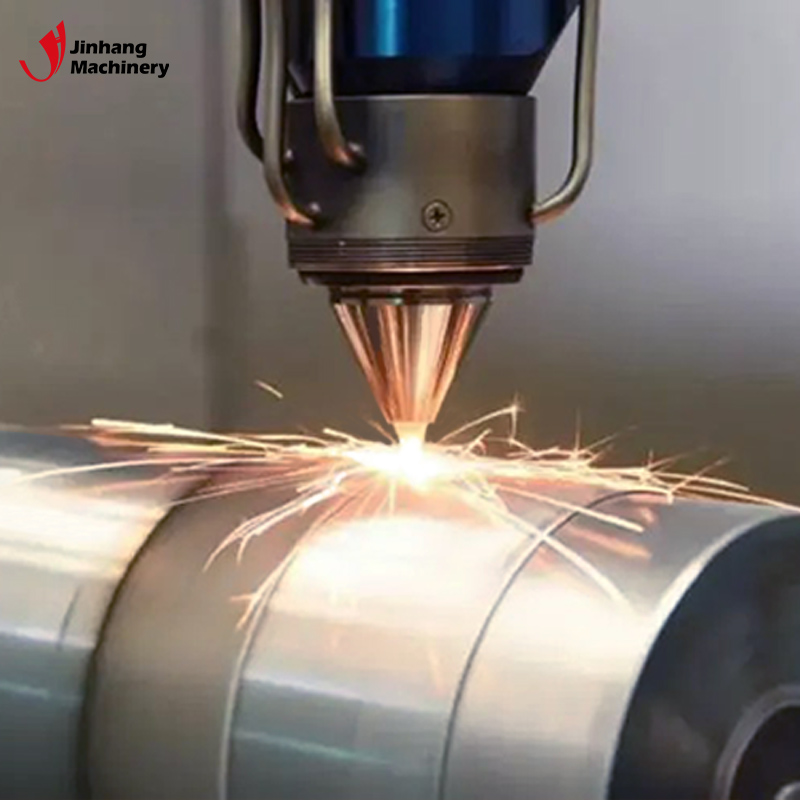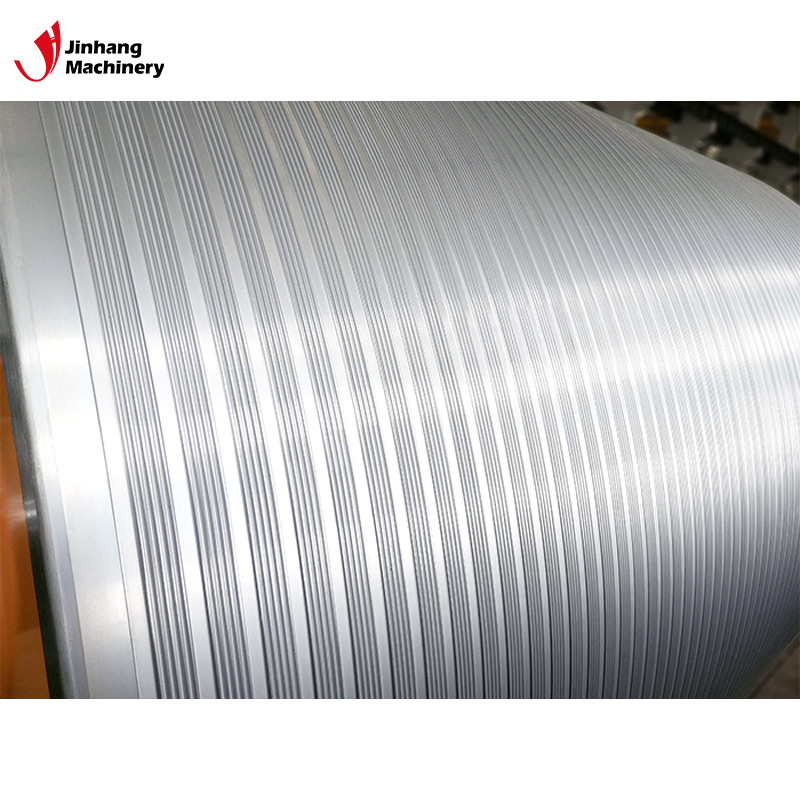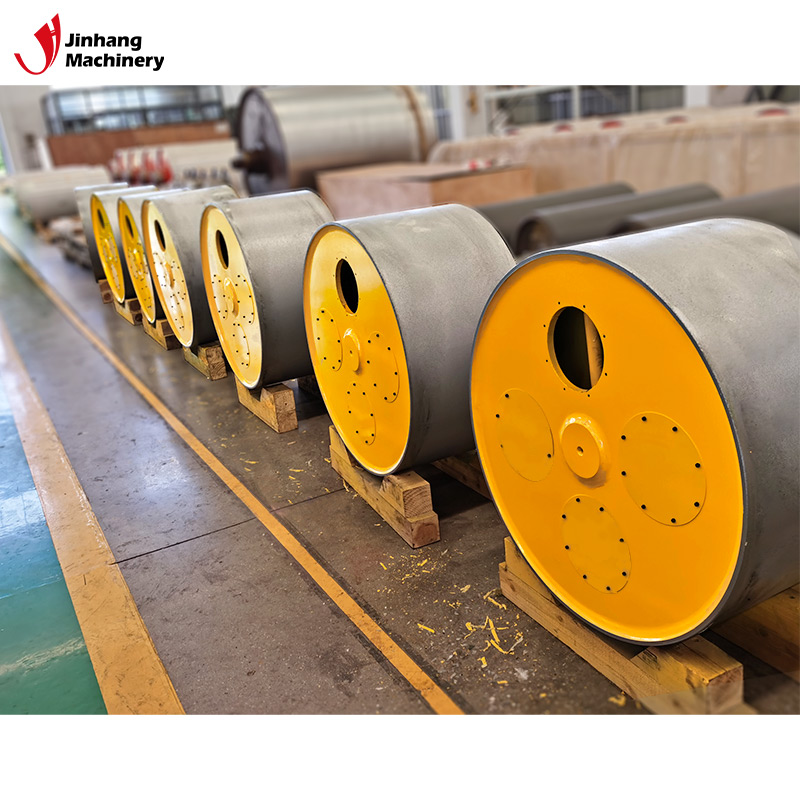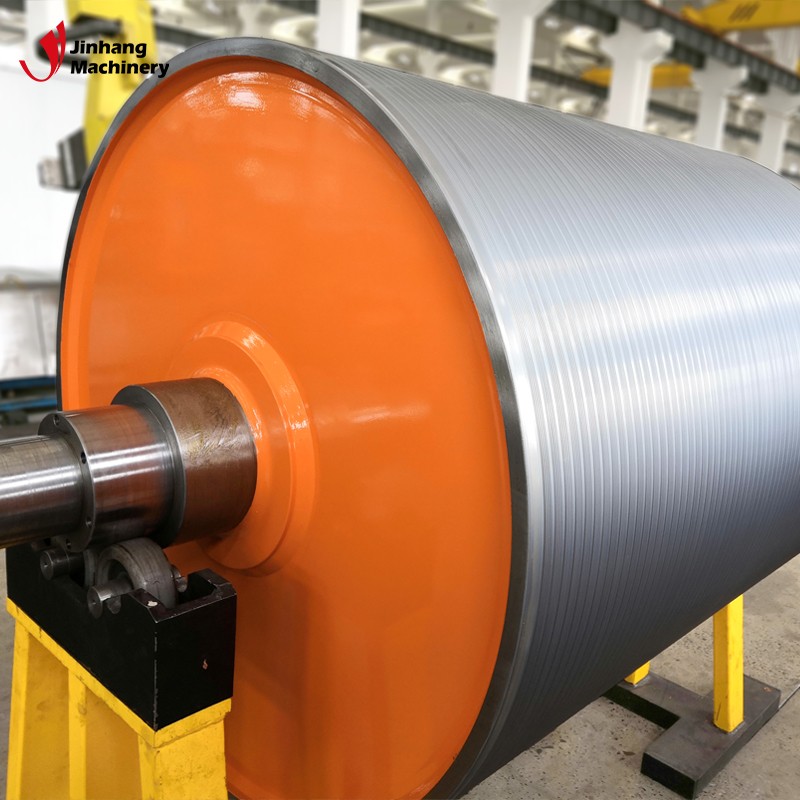Can the chrome-plated layer of industrial rollers be painted?
In recent years, with the continuous progress of industrial production, chrome-plated rollers have become indispensable production equipment in many industries. Chrome-plated rollers are widely used in printing, papermaking, plastics, metal sheets and other industries. They are widely praised for their high surface hardness, strong corrosion resistance and good wear resistance. However, with the changes in market demand and the continuous upgrading of industrial production, some companies have begun to explore the possibility of painting on their chrome-plated layer in the process of using chrome-plated rollers. So, a key question has emerged: Is it feasible to paint on the chrome-plated layer of industrial chrome-plated rollers?
This article will explore this issue in depth and analyze it from multiple angles such as technology, material properties, and process flow.

What are the characteristics of the chrome-plated layer and its function?
First of all, to answer the question of whether it is possible to paint on the chrome-plated layer, we must understand the characteristics of the chrome-plated layer. The chrome-plated layer is usually a layer of metal chromium coating formed on the surface of the substrate through an electroplating process, and its main function is to enhance the surface properties of the substrate. The chrome plating layer has a high hardness, usually between 600 and 1000 Vickers hardness (HV), which enables it to maintain good wear resistance in high-pressure and high-temperature working environments. In addition, the chrome plating layer also has excellent corrosion resistance, can resist the erosion of various chemicals, and extend the service life of the roller.
The surface of the chrome plating layer is usually very smooth and has a low friction coefficient, which enables it to reduce the friction loss between the raw materials and the roller during the production process and improve production efficiency in industrial applications. However, it is precisely because of these characteristics that the surface treatment of the chrome plating layer is relatively difficult, which brings challenges to painting on its surface.
What is the purpose and significance of industrial roller painting?
In industrial production, painting has several main purposes: anti-corrosion, decoration, beauty, identification, heat insulation, etc. In certain occasions, painting can also give the material surface special functions, such as anti-static, anti-ultraviolet, flame retardant, etc. Therefore, some companies may want to apply a layer of paint film on the surface of the chrome-plated roller for the purpose of anti-corrosion, anti-oxidation, and improving the appearance of the roller. However, due to the high hardness and low surface energy of the chrome layer, the adhesion of the paint film may become the main difficulty faced during the painting process.

What are the technical challenges of industrial roller painting?
The first challenge faced in painting on the chrome layer is the adhesion problem. The surface energy of the chrome layer is low, which means that ordinary paints are difficult to adhere firmly to its surface. Generally speaking, paints adhere better to materials with higher surface energy, while the surface energy of the chrome layer is low, and it is difficult for the paint to form a stable coating film, which may lead to peeling, blistering and other problems after painting.
In addition, the surface of the chrome layer is very smooth, which further reduces the adhesion of the paint. In actual operation, even after sufficient surface treatment, such as sandblasting, pickling, etc., the adhesion effect of the paint may still be unsatisfactory. This is because the chrome layer has a natural anti-adhesion property, which makes it difficult for the paint to penetrate and firmly bond with the chrome layer.
What is the necessity of surface treatment of industrial rollers?
In order to improve the adhesion of paint on the chrome layer, surface treatment is usually required. Common surface treatment methods include sandblasting, chemical etching, mechanical grinding, etc. These methods can form a microscopic rough structure on the surface of the chrome-plated layer, thereby increasing the adhesion area of the paint and improving the adhesion. However, this treatment method has certain limitations in actual operation.
First, the surface treatment needs to be properly controlled. If it is over-treated, the chrome-plated layer may be damaged and its original excellent performance may be weakened; if it is under-treated, the paint adhesion is difficult to achieve the expected effect. In addition, the surface treatment process is complicated, and improper operation may lead to uneven surface and affect the overall effect after painting.

What are the selection criteria for industrial roller coatings?
The selection of coatings is also the key to painting on the chrome-plated layer. Generally speaking, epoxy resin, polyurethane, acrylic and other coatings are often used for painting on the chrome-plated layer due to their good adhesion and chemical resistance. However, even these coatings with excellent performance may face the problem of insufficient adhesion on the chrome-plated layer.
In order to improve the adhesion of the coating, it is usually necessary to use a primer before painting. The primer has good adhesion and can serve as a bridge between the paint and the chrome-plated layer. However, choosing a suitable primer is not an easy task. The primer not only needs to have good adhesion with the chrome-plated layer, but also needs to be compatible with the topcoat to ensure the stability and durability of the entire coating system.
Considerations for environment and use conditions
The painted chrome-plated roller needs to work in various harsh environments, so environmental factors and use conditions are also issues that need to be considered. Under high temperature, high pressure, and highly corrosive environments, the performance of the coating may change, causing the coating to fall off or fail. In addition, the painted chrome-plated roller will be subjected to huge mechanical stress during work, which also puts higher requirements on the adhesion and toughness of the coating.
In order to meet these challenges, strict testing of the coating is usually required, including adhesion testing, wear resistance testing, corrosion resistance testing, etc. These tests can help evaluate the performance of the coating under different conditions to ensure that it can meet the actual use requirements.
Complexity of the process flow
Painting on the chrome-plated layer involves not only surface treatment and coating selection, but also the design of the entire painting process flow. The painting process usually includes primer spraying, topcoat spraying, multi-layer coating, drying, curing and other steps. Each step needs to be precisely controlled to ensure the quality of the coating.
For example, the thickness of the coating needs to be properly controlled. A coating that is too thick may reduce the adhesion of the coating, while a coating that is too thin may not provide adequate protection. In addition, factors such as the temperature, humidity, and ventilation conditions of the painting environment will also affect the final quality of the coating. These all require operators to have a high level of technical skills and rich experience.
Cost-benefit trade-off
From a cost-benefit perspective, whether it is worth painting chrome rollers is also a question that needs to be seriously considered. The production cost of chrome rollers themselves is relatively high, and the complexity of the painting process and the choice of materials further increase the production cost. Moreover, the painted chrome rollers may require frequent maintenance during use due to damage to the coating, which also increases the operating cost.
In contrast, using chrome rollers directly without painting may not provide additional protection or functionality in some applications, but its simplified process flow and lower maintenance costs may be more attractive. Therefore, when deciding whether to paint chrome rollers, companies need to comprehensively consider the balance between cost and benefit.

